Deep Drawing service
Efficient Metal Forming with Deep Drawing
Unlock the potential of deep drawing – a versatile metal forming method.
This precise technique creates strong, durable components with high accuracy for complex shapes. Energy, chemicals, automotive, food production, and many other industries rely on Olsen Metal’s deep drawing for reliability and efficiency.
Contact us today to see how deep drawing can enhance your project!
About Deep drawing
Deep Drawing: Efficient Metal Forming
Deep drawing is a manufacturing process in sheet metal forming, where a flat sheet of metal is radially “drawn” into a die using a punch.
This technique enables manufacturers to create “deep”, complex shapes without damaging the material.
The process involves both tensile and compressive forces, resulting in smooth edges and precise dimensions.
Deep drawn parts are characterized by their depth and uniformity, making this method essential for high-quality metal components.
Contact Olsen Metal – if you need a quote for a project.
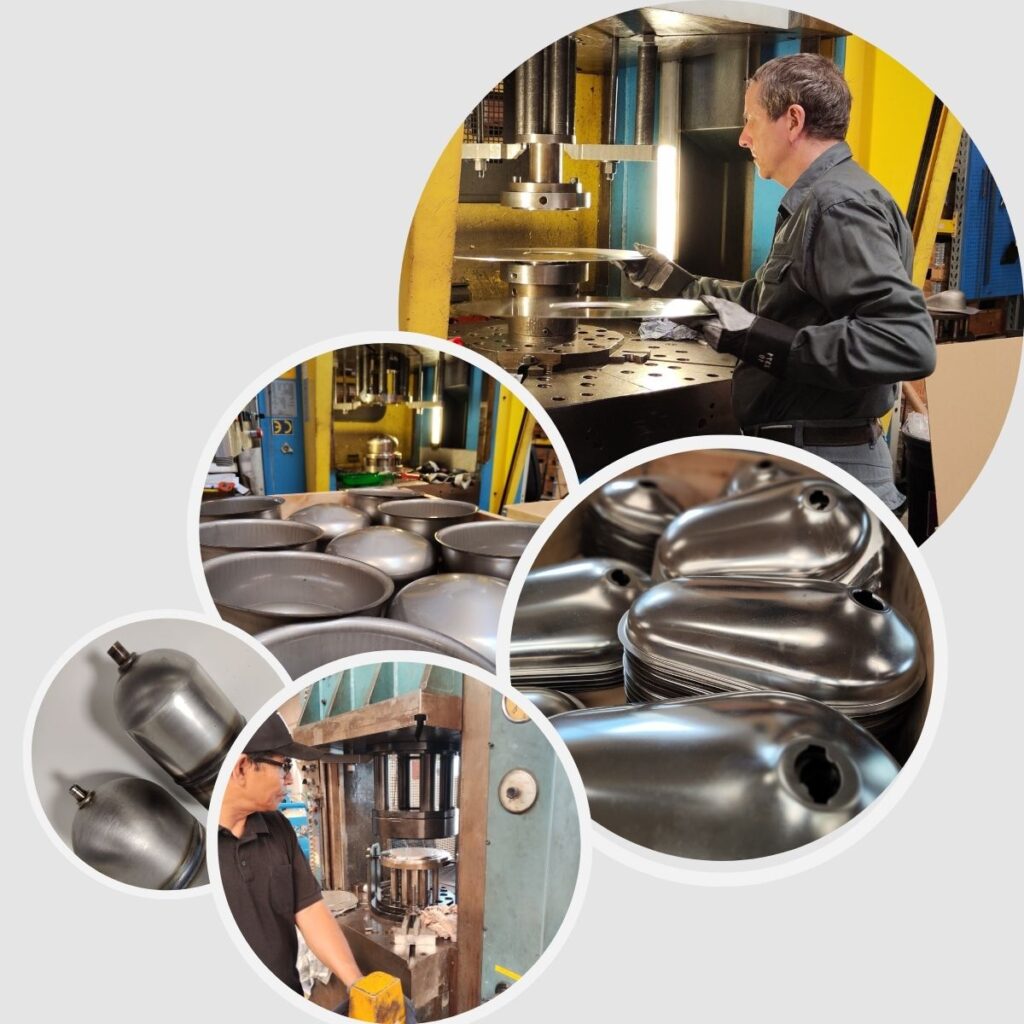
Conventional Deep drawing technique
The slide and the die cushion are in their upper positions. The third cylinder is in its lower position. A blank is fed into the tool. The slide starts to move down. When the tool is reached, pressing speed is activated. The blank is formed by the punch. The die cushion is used as a blank holder and the holding force can be adjusted in different ways during the forming part of the sequence.
The slide returns to upper limit . The third cylinder is used as an ejector and ejects the part out of the upper tool. The die cushion lifts the finished part so it can be removed.
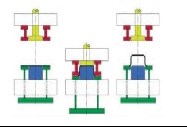

Hydroforming technique
Hydroforming with pressure dome makes the impossible possible. The technique is a specialized metal shaping process that employs high-pressure in a medium (fluid) in an enclosed chamber to form metal. This technique enables manufacturers to create lightweight, strong components with complex shapes.
Moreover, it proves ideal for producing parts that traditional methods struggle to achieve, providing precision and design flexibility essential in various industries.
Materials for Deep Drawing
Materials suitable for deep drawing are those that can be easily shaped; furthermore, this process allows the production of complex components while reducing material waste due to its efficient forming technique.
Stainless Steel
Steel
Alloy
Copper
Brass
Titanium
Hastelloy
Inconel
Paladium
And more…

Tooling and Efficentcy
Advantages of Deep Drawing: Conventional Drawing and Hydroforming
Deep drawing includes conventional drawing and hydroforming, both of which can be combined with metal spinning. Conventional drawing uses mechanical forces to shape blanks, while hydroforming employs high-pressure fluid to create lightweight, complex components, providing flexibility and precision in production.
6 factores of energy efficient manufactoring processes within the Deep Drawing technology.
- Material Utilization
- Single-Step Forming
- Cold Working Process
- High-Speed Production
- Reduced Secondary Operations
- Efficient Use of Lubricants
Some of the 6 factores you will find for the Metal Spinning process as well. Metal spinning can help create parts with complex curves or profiles that are difficult to achieve with deep drawing alone.
Read more about the 6 factors further down the page.
Need a Deep drawing solution?

Sustainable productions and Recyling
Partnering with Olsen Metal not only enhances your environmental footprint but also supports sustainable manufacturing practices that benefit our planet.
CO2 emission
Olsen Metal has identified Scope 1, 2, and 3 CO2 emissions and has set a clear goal to reduce them by 50% by 2030. As a result, we can now provide comprehensive emission data at both your parts and order levels, allowing you to make informed decisions about your environmental impact.
Recyled Metal
We are proud to use recycled metal for production whenever possible. In particular, materials like Stainless Steel, Alloy, Copper, and Brass, among others, are suitable for recycling and maintain their strength, durability, and corrosion resistance.
Moreover, using recycled metal is energy-efficient compared to producing new metal materials.
Using rooftop rainwater and conserving resources
Rainwater is naturally distilled, thereby reducing mineral buildup and corrosion in factory equipment. By using rainwater, we conserve drinking water and reduce the need for extensive water treatment, all while extending the lifespan of our machinery.
Scrap-metal from metal spinning
We devide our scrap metal into specific containers, and bigger plates are labeled and categorized for further use. Through these measures, we achieve a more circular economy for all.
World goals
Our craftsmanship ensures products that last, while simultaneously minimizing our environmental footprint. The 17 goals for sustainable development represent an ambition for the entire world towards 2030. Olsen Metal supports these goals and wishes therefore to contribute wherever we can!
Sustainable Precision in Metal forming
By choosing Olsen Metal, you benefit from expert craftsmanship, advanced CNC technology, and precise 3D drawings that as a result reduce material waste and scrap. Ultimately, our solutions not only improve your product quality but also contribute to a greener footprint and cost savings
Let Us Draw Out the Perfect Fit for Your Needs

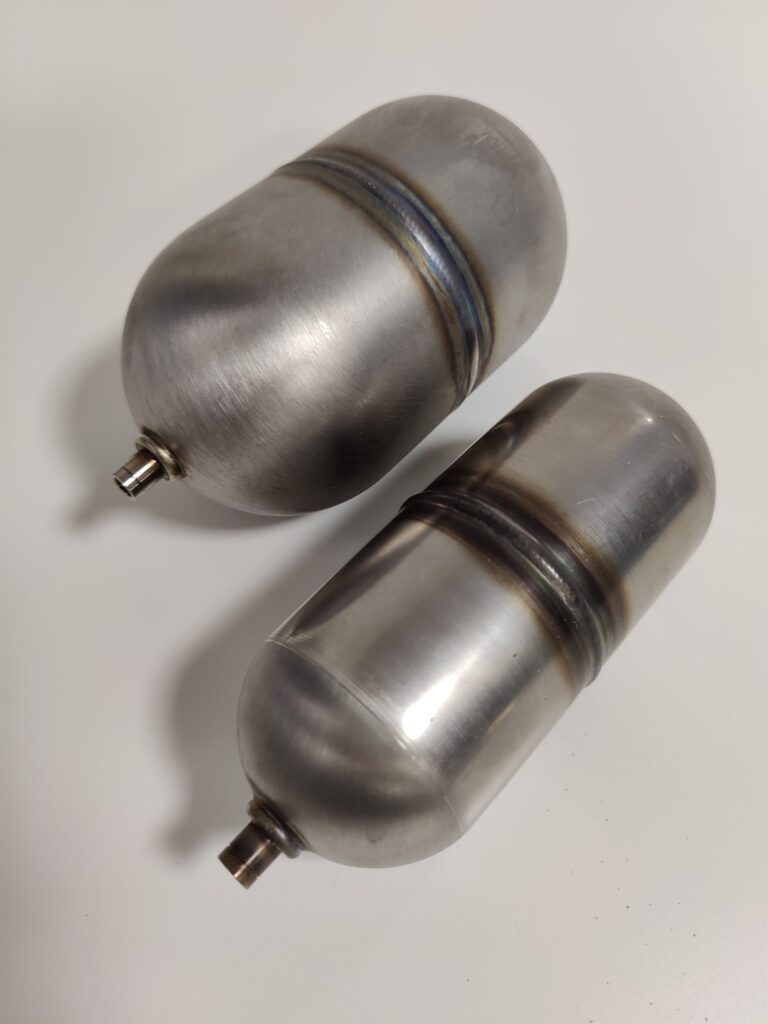
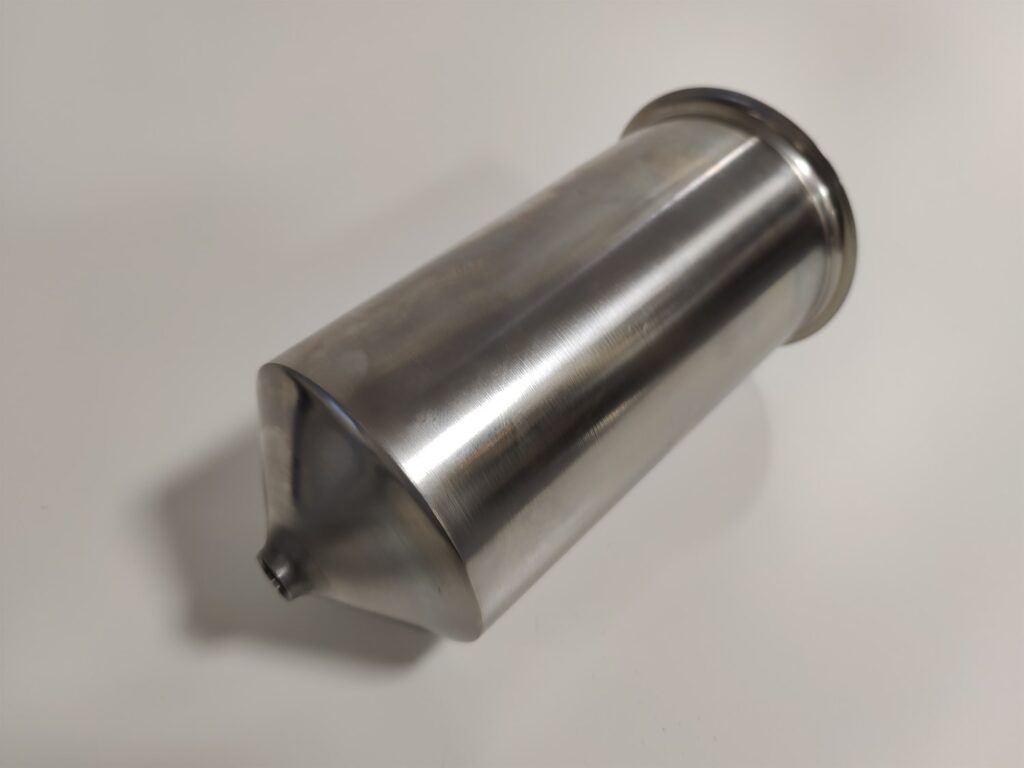
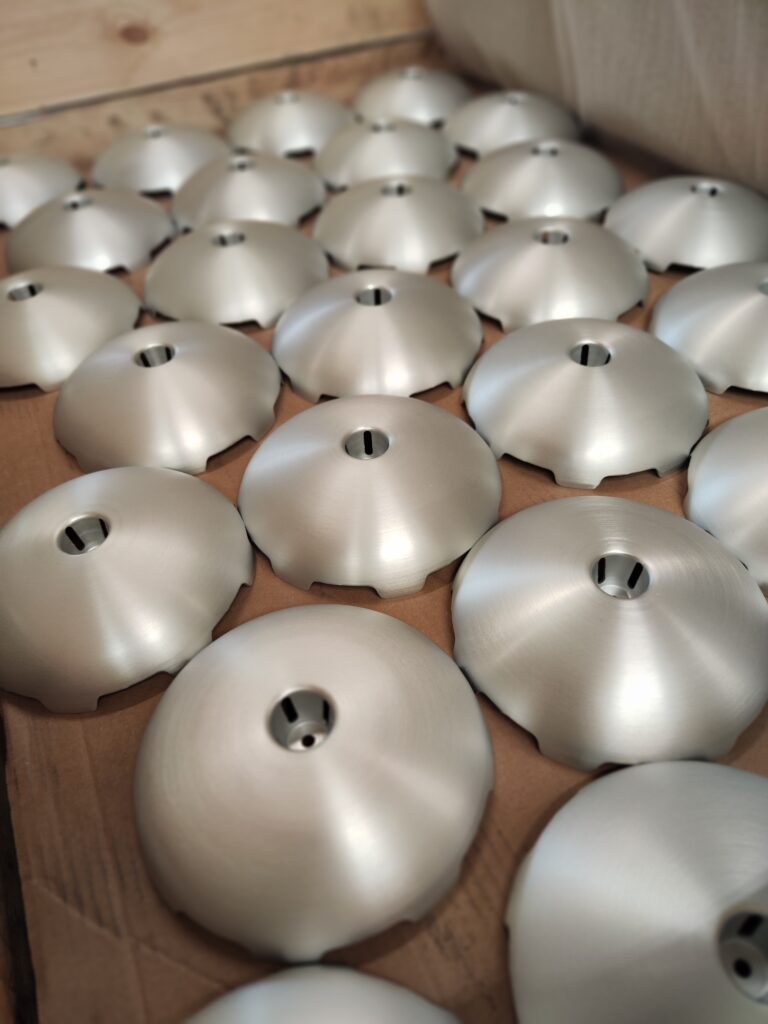
Deep drawing contributes to a circular economy in several meaningful ways
By enhancing material efficiency, product durability, and recyclability while reducing waste and energy consumption, deep drawing supports and promotes the principles of a circular economy.
Material Efficiency
Deep drawing minimizes waste by utilizing a single sheet of material to create complex shapes, which reduces the amount of scrap generated compared to traditional cutting methods. This efficient use of materials supports the principles of a circular economy by reducing waste and conserving resources.
Durable Products
The process creates products that are often stronger and more durable due to work hardening and uniform material properties. Durable products have a longer lifespan, which reduces the need for frequent replacements and supports the circular economy by extending the lifecycle of materials.
Recyclability
Materials used in deep drawing, such as metals, are highly recyclable. At the end of their useful life, these products can be collected, processed, and reused in new products, closing the loop in the circular economy.
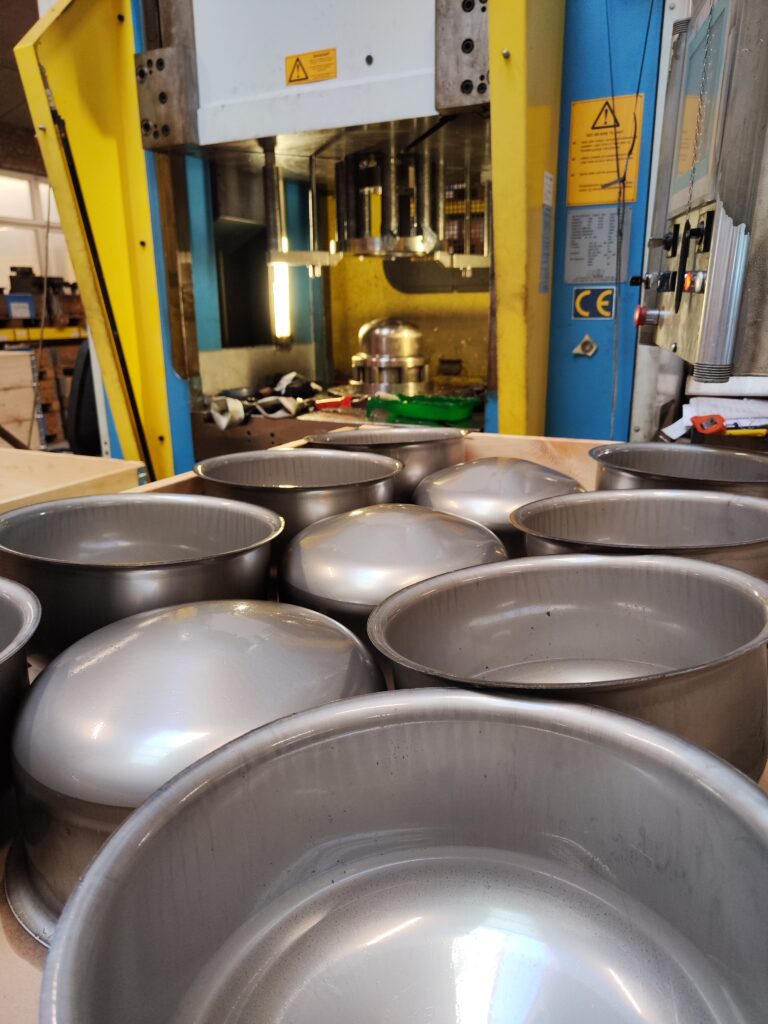
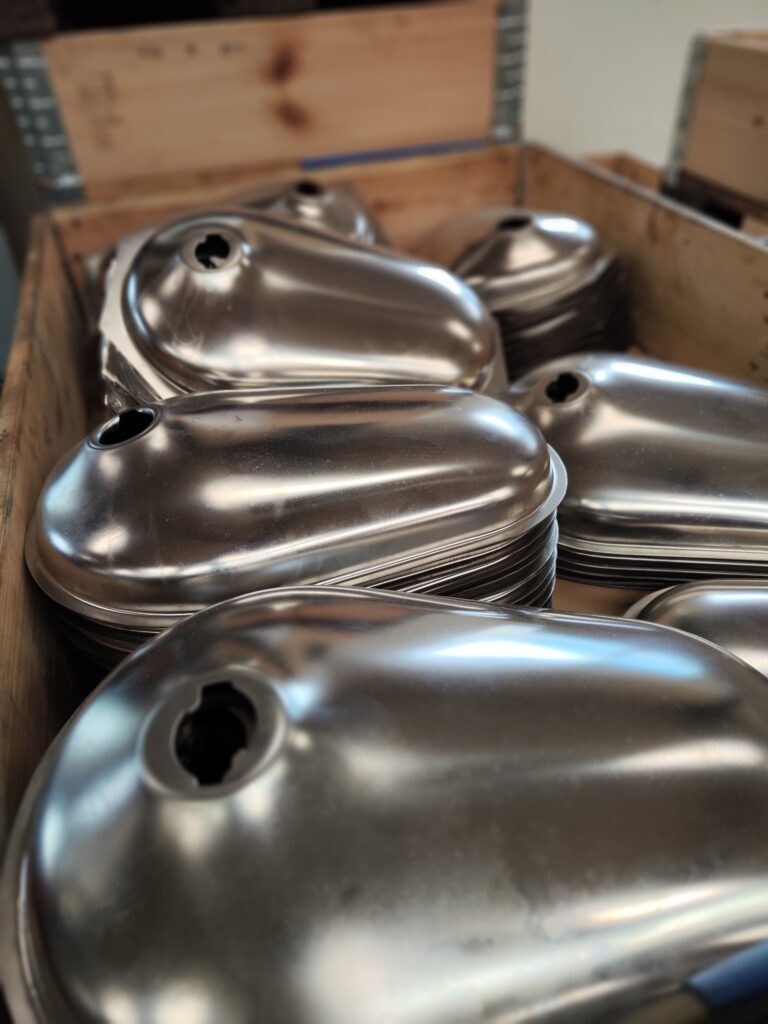
Reduced Secondary Processing
By achieving the desired shape in a single step, deep drawing reduces the need for additional machining or processing. This not only cuts down on energy consumption but also minimizes the generation of additional waste.
Resource Efficiency
The process supports efficient use of resources by optimizing material flow and reducing energy consumption. As deep drawing often avoids heating processes, it lowers the energy required compared to other forming methods, aligning with circular economy goals of minimizing energy use.
Integration with Recycling Systems
Deep-drawn products can be integrated into recycling systems effectively. The minimized use of non-recyclable materials and the potential for products to be easily disassembled or separated at the end of life facilitate the recycling process.
The 6 factors of energy-efficient manufacturing process within Deep Drawing
Material Utilization
Deep drawing allows for the production of components with minimal material waste. The process involves forming a flat sheet into a desired shape, which can often be done with a single piece of material. This contrasts with other manufacturing processes that may involve cutting away large amounts of material, resulting in more waste and additional energy required to recycle or dispose of the scrap.
Single-Step Forming
Deep drawing can produce complex shapes in a single step, or with a minimal number of operations. This reduces the need for multiple machining or forming processes, each of which would consume additional energy. The efficiency of a single-step process translates to lower overall energy consumption.
Cold Working Process
Deep drawing is often performed at room temperature (cold working), which eliminates the need for heating the material. Heating requires substantial energy, so processes that can avoid or minimize the need for heating are inherently more energy-efficient.
High-Speed Production
The process can be highly automated and performed at high speeds, especially in mass production settings. Automation and high production speeds reduce the energy consumption per part by maximizing throughput and minimizing downtime.
Reduced Secondary Operations
Parts produced through deep drawing often require fewer secondary operations such as welding, joining, or additional machining. Each of these secondary processes consumes energy, so reducing their necessity enhances overall energy efficiency.
Efficient Use of Lubricants
The use of lubricants in deep drawing reduces friction between the tool and the workpiece. This not only improves the quality of the formed part but also reduces the energy required to perform the drawing operation. Efficient lubrication minimizes tool wear and the need for frequent tool replacement or maintenance, further conserving energy.
Overall, deep drawing’s efficiency arises from its ability to produce complex shapes with minimal material waste, low energy input for heating, high-speed production, and reduced need for secondary operations. These factors contribute to making it an energy-efficient manufacturing process.
Ready to shape your next metal masterpiece?
Contact Olsen Metal today and let our skilled team guide you through every step. We are dedicated to delivering top-quality results and surpassing your expectations.
- Expert Metal Team
- Comprehensive Metal Services
- Exceptional Craftsmanship and Precision
- On-Time Deliveries
- Unmatched Customer Care

